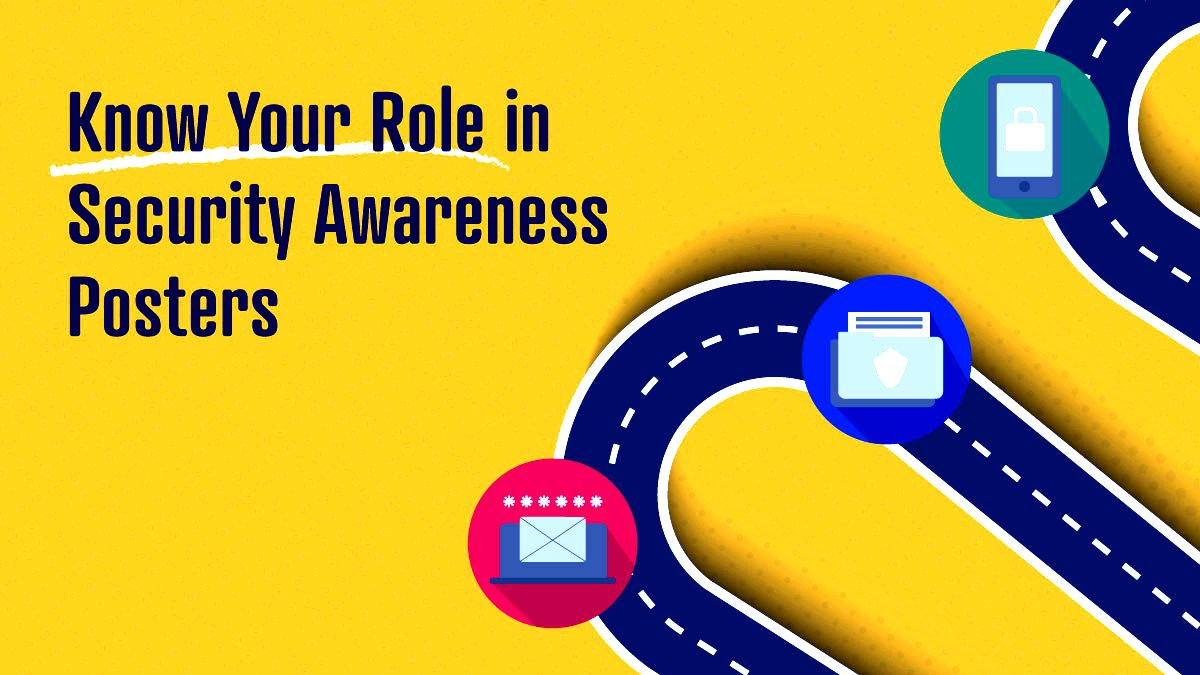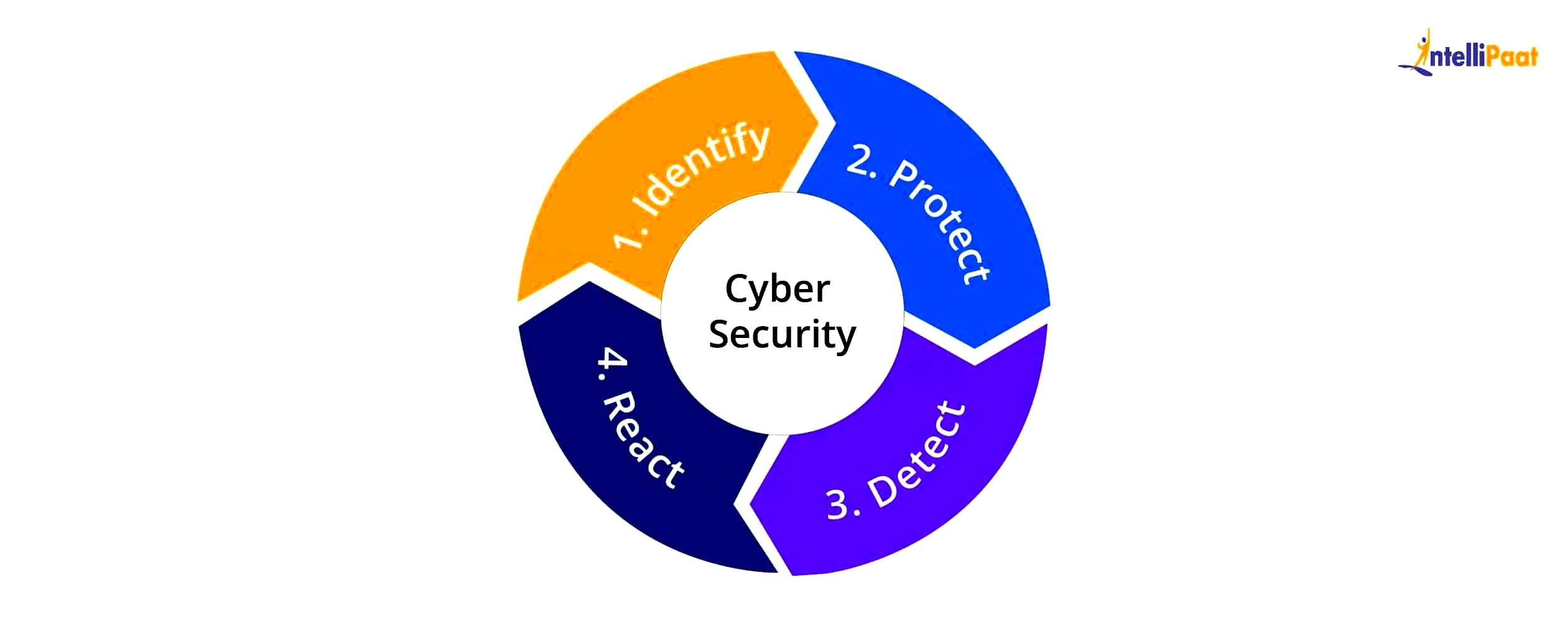As technology continues to advance, it's become easier for scammers to trick unsuspecting victims out of their personal and financial information. These scams can come in many different shapes and sizes, and one of the most common forms is through phishing emails.

Phishing emails are designed to look like legitimate emails from reputable companies or organizations, but their true purpose is to steal your personal information. These emails can be very convincing, with logos and language that make them look like the real thing. However, there are several clues that you can look for to help you identify a suspicious phishing email.
One of the first things to look for is a phishing address or fraudulent email address. Scammers often use slightly different email addresses that look similar to legitimate ones in order to trick victims into thinking that the email is from a trusted source. For example, an email from "[email protected]" may be a sign of a fraudulent email, as it's not the official email address for PayPal.
Another clue to look for is a fake email from or phishing me. Scammers will often pretend to be someone they're not in order to gain your trust, using names and titles that make them seem like legitimate contacts. However, if you receive an email from someone you're not familiar with, or from a company or organization that you don't have a relationship with, it's best to be cautious.
If you're ever unsure of whether an email is legitimate, it's always best to investigate what a scam email looks like. A quick search online can help you identify common signs of fraudulent emails, such as spelling and grammar errors, requests for personal information, and urgent or threatening language.

In order to protect yourself from a potential scam, it's important to be able to identify a suspicious phishing email, which may also be referred to as a fake scam email, fake email spam, fraud phishing email, or a phishing message. Some clues to look for include a phishing address or fraudulent email address, as well as a fake email from or phishing me, all of which can be signs of a fraudulent email. If you're ever unsure of whether an email is legitimate, it's always best to err on the side of caution and investigate what does a scam email look like, as fraudulent emails can come in many different forms.
Protecting yourself from phishing scams is crucial in today's digital landscape. By knowing how to identify a suspicious email, you can help keep your personal and financial information safe from scammers. Stay vigilant and stay safe!
Tags:



Jan 3, 2018Reply
Mark McDougal
Lorem ipsum dolor sit amet, consetetur sadipscing elitr sed diam nonumy. Quisque varius eros ac purus dignissim. Praesent sit amet massa suscipit, auctor sapien non, egestas felis. Maecenas mattis aliquet est vitae dignissim.
Feb 5, 2018Reply
Marie Belton
Lorem ipsum dolor sit amet, consetetur sadipscing elitr sed diam nonumy. Quisque varius eros ac purus dignissim. Praesent sit amet massa suscipit, auctor sapien non, egestas felis. Maecenas mattis aliquet est vitae dignissim.
Nov 14, 2017Reply
Jeff Smith
Lorem ipsum dolor sit amet, consetetur sadipscing elitr sed diam nonumy. Quisque varius eros ac purus dignissim. Praesent sit amet massa suscipit, auctor sapien non, egestas felis. Maecenas mattis aliquet est vitae dignissim.